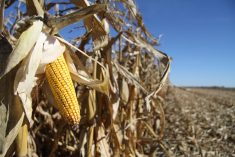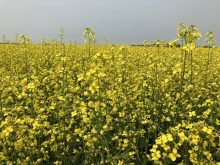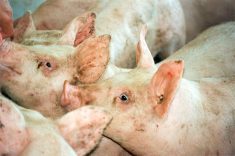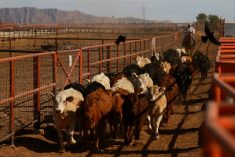A new conflict is about to emerge in the fractious environment of global agriculture.
Joining food versus fuel, and soybean expansion versus Amazon rainforest, is palm plantation expansion versus orangutan.
Palm plantations in Malaysia and Indonesia, the two dominant players, are expanding at a terrific pace in response to booming demand for vegetable oil from food and biodiesel users.
Palm oil prices are at nine-year highs on tight supply by the recent El Nino dry weather and the influence of the soyoil market, which is also booming because of strong demand.
Read Also
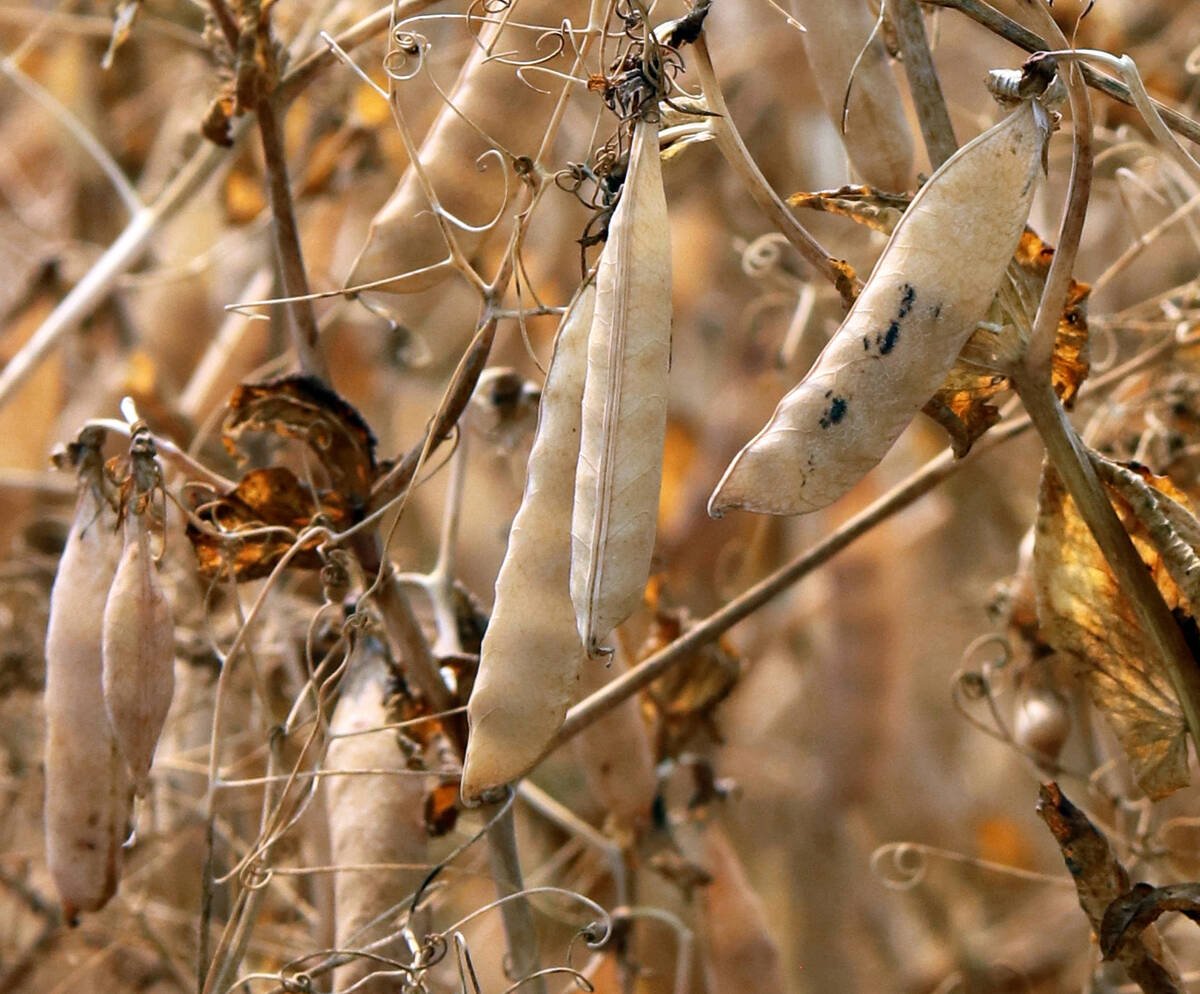
Global pulse consumption to grow
Global per capita pulse consumption is expected to rise 23 per cent by 2034.
Palm oil is the leading oil in terms of global consumption and trade.
Palm oil and palm kernel oil account for about 27 percent of world oil and fat consumption, followed by soybean oil at about 23 percent and canola-rapeseed oil at 12 percent.
In the five years 2002-06, Malaysian production grew 33 percent to 15.88 million tonnes and Indonesia shot up by 70 percent to 15.9 million tonnes.
But critics say the palm oil boom is not good for the jungle environment and its native creatures, particularly orangutans. If you can’t bring this ape to mind, an orangutan was Clint Eastwood’s comic sidekick in Every Which Way But Loose in 1978 and Any Which Way You Can in 1980.
A United Nations Environment Program report earlier this year said that illegal logging in Indonesia’s national parks, fires and clearing to plant palm trees in both countries is destroying the natural jungle habitat of the orangutans.
If left unchecked, the report said there would be few wild orangutans left in 20 years.
The report has bolstered the work of environmental and wildlife conservation groups that have been lobbying European and North American buyers to avoid palm oil and its alleged havoc on the environment.
The Malaysian and Indonesian governments this month agreed to launch a counter campaign to boost palm oil’s environmental credentials.
They note that the states protect the orangutan, that sustainable forest management plans are being phased in and that a certification program is being developed to rein in illegal timber exports.
They also argue that rapidly growing palm trees take carbon dioxide from the air and therefore reduce greenhouse gas. Indeed, palm plantations absorb about nine times more CO2 per acre than soybean fields, they note.
Also palm plantations, without government agricultural subsidies, produce far more vegetable oil per acre than do soybean or canola fields, and they argue that the world would be better off, from a land use point of view, meeting its vegetable oil needs from palm instead of soy or canola.
How these conflicting campaigns play out will affect the global vegetable oil sector.
Veg oil demand grows much faster than the demand for grain, and biodiesel expansion will compound the growth. Palm producers plan to increase production to maintain or expand their market share.
But this environmental issue works against them. If buyers reject palm, that opens the door for canola and other oilseeds to increase sales.
It is difficult to say what will happen. Palm plantations tend to be owned by big corporations so it will be easy for environmentalists to portray the struggle as one of rampant capitalism against the poor orangutan.
That generates news stories, but so does the struggle against agricultural and population growth in Brazil’s savanna and rainforest.
And, despite all the publicity, Brazil’s agricultural expansion proceeds unchecked.





